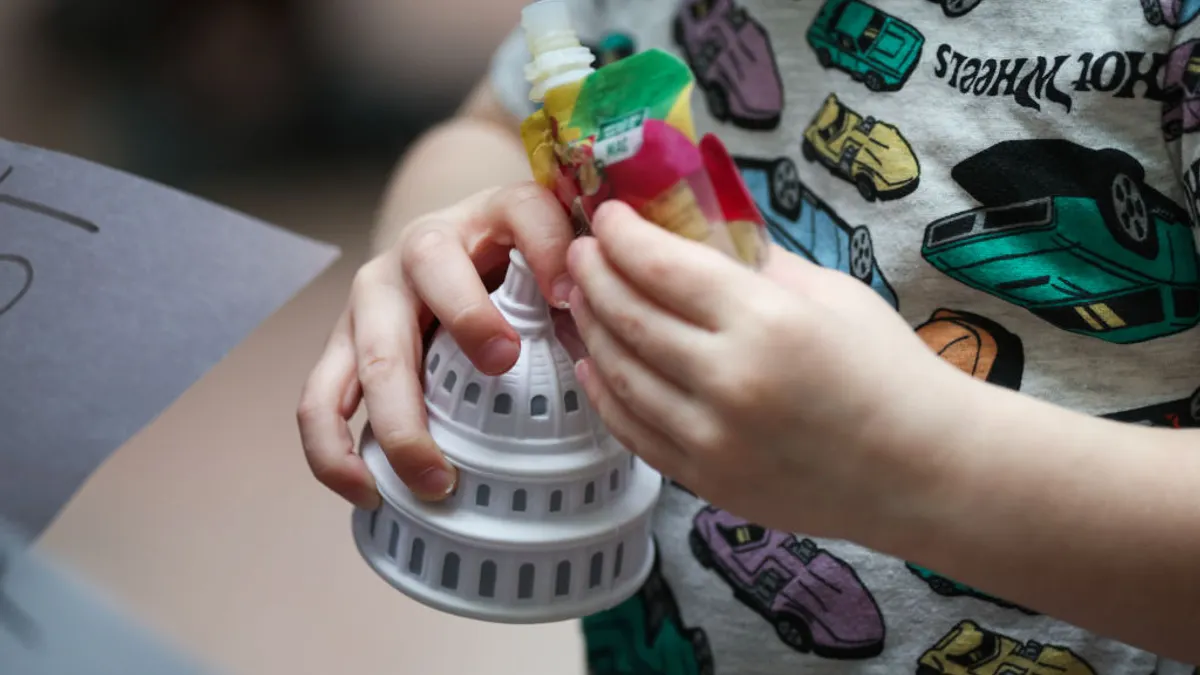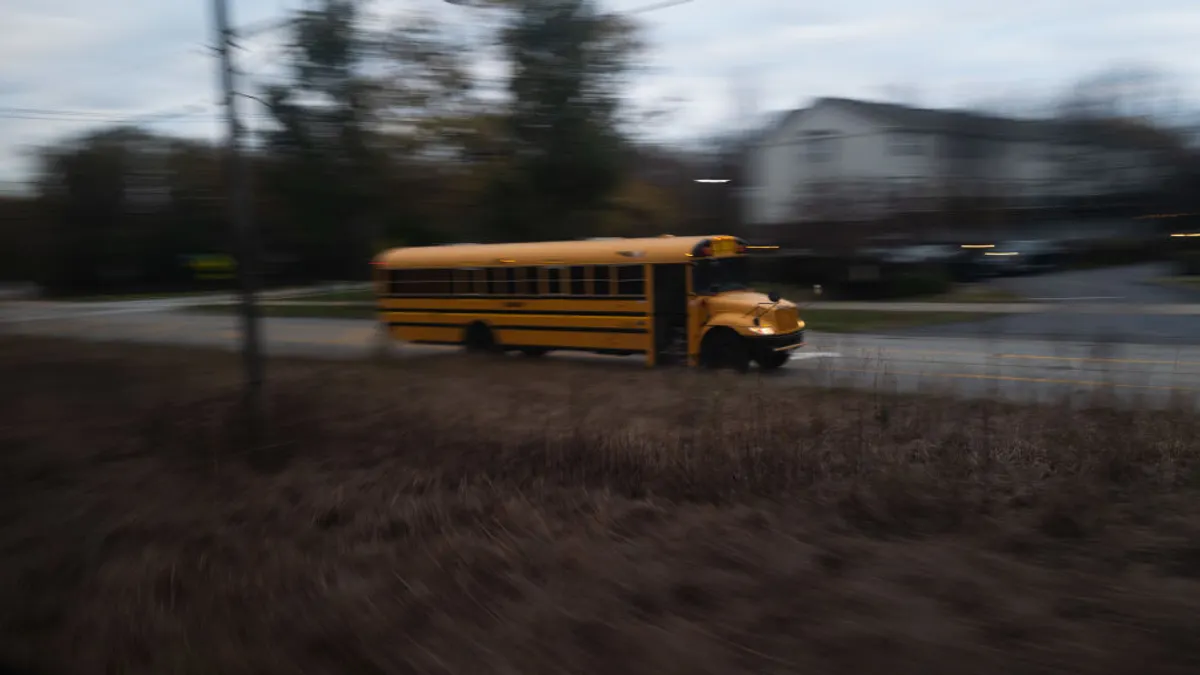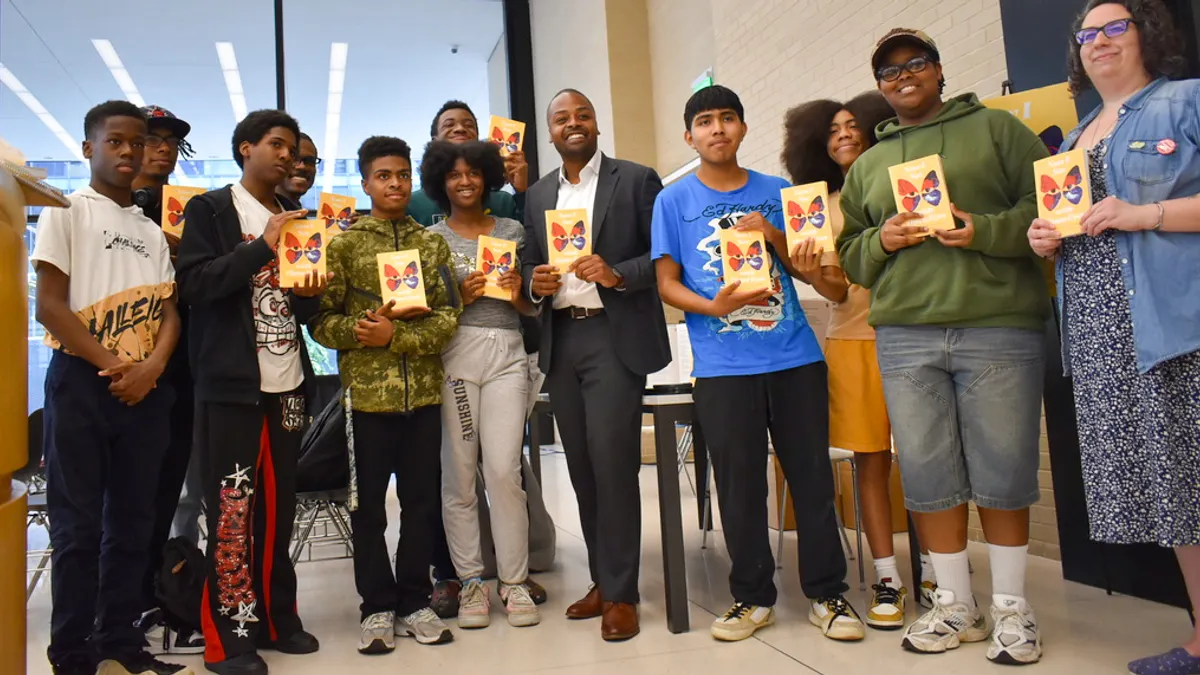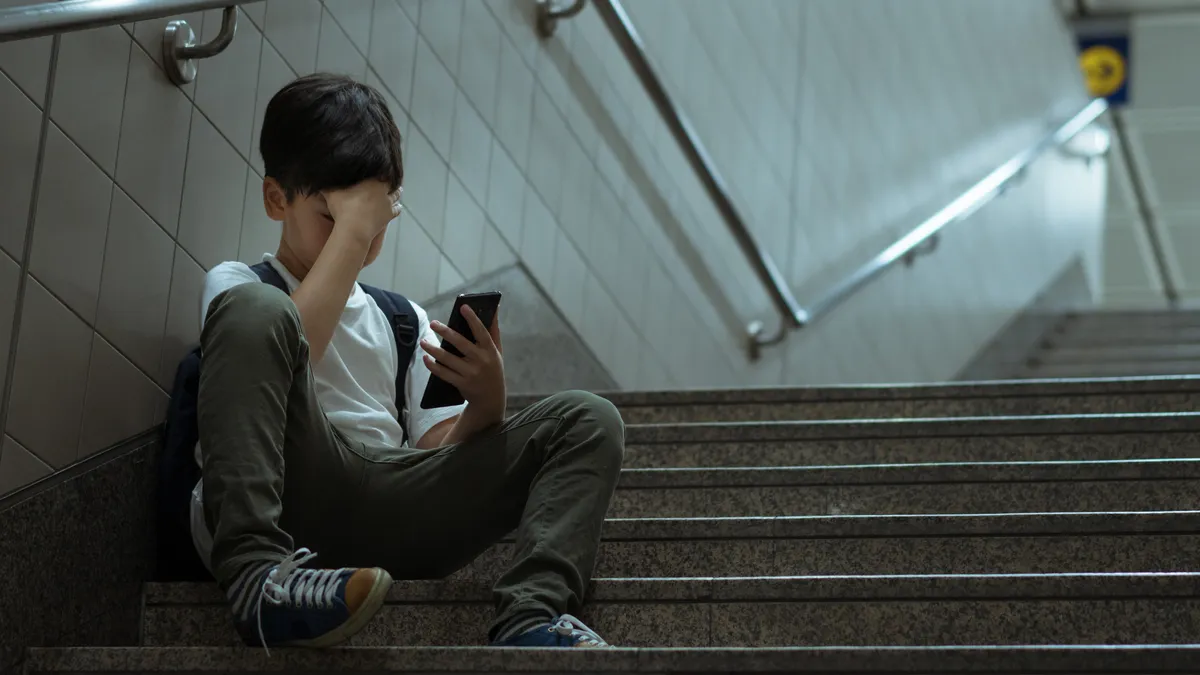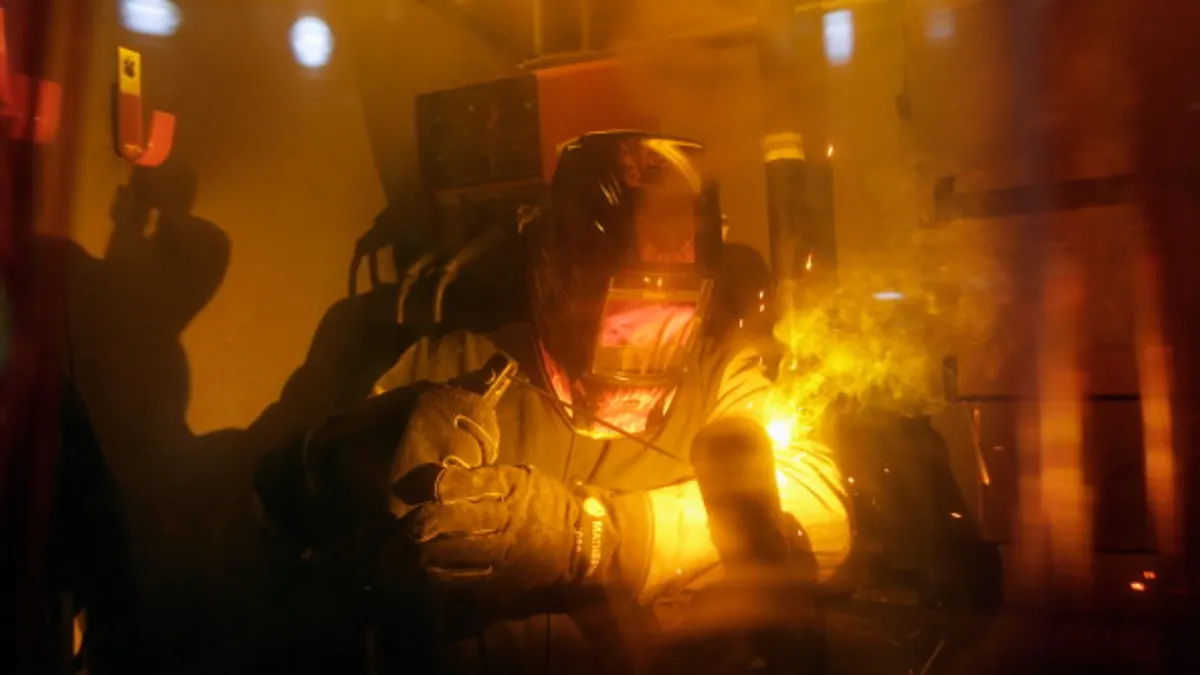Autumn A. Arnett is the executive director of The Brilliance, Excellence, and Equity Project, a national nonprofit organization that works to achieve equity in gifted education through culturally affirming teacher training. She is the author of “Let’s Stop Calling it an Achievement Gap” and “Radical Ideas for Educating Black Children.”
You’ve likely seen the quote — often misattributed to Albert Einstein — that says if you judge a fish by its ability to climb a tree, it will spend its entire life thinking it’s a failure. I think about this quote often, as I think about the U.S. educational system and the persistent practice of measuring brilliance against White cultural norms, using mostly White texts, with schools and classrooms led by mostly White people.
It is estimated that there are nearly 1 million Black and Hispanic students missing from gifted education in the United States — because educators don’t know how to identify and assess giftedness in Black and Hispanic students when it doesn’t show up the same ways it does in White students. I think about my own children a lot as I approach my advocacy and work around equity in gifted education.
One is traditionally academically successful, a rule follower, clearly brilliant and eager to help others. His teachers have always immediately identified him as gifted and tracked him for gifted services. The other is witty, sarcastic, constantly challenging her teachers and others around her, quick to advocate for herself and others.
Her pre-K teacher still comments about how my daughter’s request that her classmate “please move expeditiously” at age 3 floored her, but my daughter’s level of motivation to succeed academically year to year really depends on the teacher at the front of the classroom, and whether my daughter deems that person to respect her intelligence. She is the one I have to continue to argue and advocate for when she goes to new schools, because depending on who is doing the evaluating, her brilliance can often get missed amid her teacher’s frustration with the way she approaches the classroom.
But both are gifted, as confirmed by the same problematic tests used across the country to evaluate students’ brilliance and worthiness for gifted education services.
My children have also been fortunate to have each had more than one teacher who looks like them. In order to solve the issues of inequity in education — in any area of society — you have to first bring in people who should inherently care about the problem. Representation does matter.
The data is clear about the impact having just one Black teacher has on the academic outcomes and college-going rates for Black children. Black students are 3 times more likely to be identified as gifted, and Hispanic students are 1.5 times more likely to be identified as gifted when they’re evaluated by teachers who look like them. To move the needle, in gifted education and overall, school leaders have to make a more concerted effort to hire more Black and Hispanic educators at all levels.
But the efforts cannot stop there. We cannot integrate Black and Hispanic educators into a burning house, to paraphrase Martin Luther King Jr., and fail to acknowledge that the schoolhouse is, in fact, on fire and that fire needs to be extinguished. We also cannot make it the burden of those who were likely marginalized in their own educational experiences — right up through higher education and likely even in their professional lives — to extinguish the fires.
That work has to be done by those who have the power. The leaders in education have a responsibility to work to facilitate an environment in the schools and districts that says Black and Hispanic brilliance is recognized and valued, and investing in growing and developing and retaining that brilliance will be an institutional priority.
Part of that work is recognizing the ways brilliance shows up differently in non-White people. It is easy to recognize in students who are traditionally academically successful. Our education system values compliance, even over learning, especially for Black and Brown children. It is not as easy to recognize brilliance when it shows up as challenging authority, whether that is a student in the classroom challenging the work he is being assigned, or an educator in the building challenging the systems that harm those children.
It is easy to recognize that a student with a heightened vocabulary should be assessed for brilliance, but do we also recognize vocabulary is more a measure of exposure than intelligence? Have we adjusted our testing criteria to consider that the student who is a really gifted storyteller, or who freestyles in the hallways every day on the way to class, is also displaying verbal giftedness? Have we considered that the children we traditionally think of as behavior problems might be just bored?
Do we recognize the idea of double exceptionalism — that is, that one could be diagnosed with attention deficit hyperactivity disorder and that those same behaviors that register as hyperactivity could also be intellectual overexcitabilities, for example? Or are we bound to our notions of who gets to be brilliant, and what the packaging for brilliance looks like?
Do we acknowledge the role individuals’ own educational experiences play in the type of educators they will become — i.e. if people, even people of color, graduated from racist institutions that employed racist pedagogy. Even if they intuitively know something may be off, they may not be trained to identify what is off or how to fix it.
There has to be an investment in not just culturally responsive professional development (and don’t even get me started on the inadequacy of the notion of cultural competence), but culturally affirming training. And it has to be accessible to teachers of all races and backgrounds: We can’t assume teachers of color don’t need it because they inherently know it any more than we can assume teachers of non-color don’t need it because it isn’t about them or their issues.
If we are going to, collectively, tackle the issues of inequity in education broadly, and gifted education specifically, we have to start by de-centering Whiteness in our schools to make space for other people to be brilliant, too.








